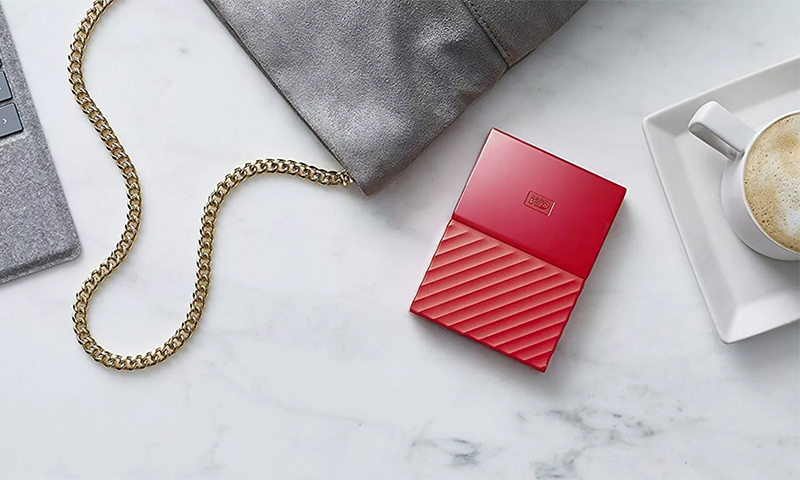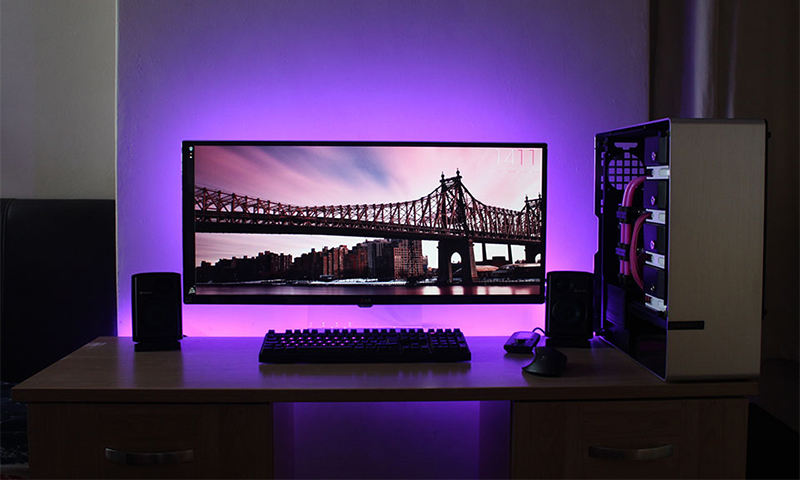Compact and convenient USB flash drives have become an indispensable attribute for anyone who is at least occasionally confronted with computer technology. Because of their simplicity and accessibility, many people buy these devices, limiting their choice only to the amount of memory. We will tell you what other criteria you need to pay attention to in order for the flash drive to serve you for a really long time and not cause any trouble.

Content:
The best manufacturers of USB-drives
When it comes to computer devices, the name of the manufacturer is crucial. And flash drives are no exception.
This product is in demand and is not difficult to manufacture, so many companies are developing USB drives. True, not all get really trouble-free devices that meet the stated characteristics.
In order not to be mistaken with the choice, we recommend paying attention to the products of reliable companies:
1. Kingston;
2. Corsair;
3. Transcend;
4. Silicon Power;
5. SanDisk.
In our review, we have already considered the best models of USB flash drives from these and other well-known manufacturers. But since the range of external drives is very diverse, for a start it is worth figuring out which device will fit your range of tasks.
The principle of operation and the device flash drive

In the design of USB-drives nothing complicated. In a compact package, there is only an electronic board with transistor memory chips, on which all information is stored. Connecting to a computer (smart TV or any other device) is made through the plug that is installed in the corresponding socket.
The data in the memory cells are written in binary code form, taking the "physical form" of the open or closed transistors. This allows drives to store information even when they are no longer powered.
All flash drives have a limited number of write cycles, but their minimum number of 10 thousand is enough for active use of the drive for 3-5 years. But there are still NAND-devices, whose resource is much higher and amounts to 100 thousand cycles.
Parameters for selecting a flash drive

Memory
The cost of external memory directly depends on this criterion: the larger the volume, the more expensive the device. However, you need to be attached not so much to the price as to your data storage needs, otherwise you will have to buy another flash drive.
1. To work with small documents in Word or Excel format, the smallest and cheapest drive up to 1 GB is enough.
2. If you often work with music files and constantly replenish your collection of favorite songs, you will need a USB flash drive for at least 2-4 gigabytes.
3. For storage and exchange of various programs will need a device with a capacity of 4-8 GB.
4. You can take a couple of movies with you on a flash drive with a capacity of at least 8 GB, but it’s better if it is more spacious - at least 16 or 32 gigabytes.
5. Game are large flash drives that can hold from 64 to 128 GB of information.
6. Models of 256-512 GB and above are only in demand among serious programmers. For ordinary people, the need for such a memory size suggests that it’s time to buy an external hard drive.
Data transfer rate
This is the most important parameter of flash-memory, and it is directly related to the type of USB interface of the selected drive.
Today they are available in three main formats:
1. USB 2.0
Such flash drives can be used on any computer, since most machines have this type of connector, and if there isn’t, the older versions still support the 2.0 standard. The write speed here varies between 10-20 MB / s, and reading - 20-30 MB / s.This is enough for the average PC user working with the same files without frequent rewriting.
2. USB 3.0
The improved interface is already being widely implemented in modern PCs, laptops and smart TVs. But even if you have an old technology, USB 3.0 will “make friends” with it, although the flash drive will have to limit itself to the speed that the existing port offers. But with the appropriate connector, the external drive will show its best result: from 50 to 190 MB / s in writing and 100-250 MB / s when reading.
3. USB 3.1
The speed of new-fashioned devices is even higher - there are flash drives available for sale, in which reading / writing reaches actual figures of 450/380 megabytes per second (in theory, these figures are even higher). However, there is a small trick here: the corresponding port in your PC can belong to the first generation, which only supports USB 3.0 speeds. And to buy a flash drive 3.1, it makes sense only under the connectors of the second generation.
Design features
On this basis, all existing flash-devices can be divided into several groups:
1. Open connector
The most compact models that can be attached as a key fob to a bunch of keys, a knob or a lock of a backpack. The disadvantage of such drives is that they are absolutely not protected from the effects of the external environment, and often fail.
2. With removable cap (closed)
The most common type of flash-drive with a simple but effective protection of the connector from dust and moisture. Alas, the cover of the device is easy to lose even just sitting at the table, so today some manufacturers began to produce flash drives with a cap attached to the case.
3. With swivel bracket
Something in between open and closed devices. There is no lid as such, but there is a wide metal bracket covering the plug hole. Of course, it protects the electronic filling only from shocks and sometimes from hitting large debris, but it becomes much more convenient to use such a drive.
4. Sliders
Here the connector hides inside the case and, if necessary, slides out. Such models can hardly be called secure, since even their “hidden” contacts still remain open. Yes, and the latch, with which the connector extends, can easily break or start to jam, so the slider is better not to pull it once again.
Separately, there is an army of design models of custom design with the most diverse, but always interesting solutions. Most often, the connector hides in some small object (pendant, toy, lighter or lipstick tube). However, there are more functional solutions, for example, peculiar indicators of memory filling. It can be just a highlight of several levels or a swelling rubber body.
Well, there are still so-called flash drives for enthusiasts with various additional functions like a fingerprint scanner, a password, or the ability to encrypt and compress data.
Manufacturing material
Modern flash drives are made of three basic materials: plastic, rubber and metal. The price difference is small, but the strength characteristics are different:
1. Metal flash drives are better protected from impact, but they quickly scratch and lose their attractive appearance.
2. Rubber also tolerate a good fall, but no longer withstand the fracture test, which is fraught with serious internal damage to the device.
3. Plastic differ in low weight, when used as intended, they do not break and do not bend, but in case of a fall or impact, their case may break (a chance to save the data remains, but this is a matter of luck).
Also on sale you can find flash drives with absolutely waterproof case. How do you need this level of protection - decide for yourself.
What kind of flash drive to choose

1. To work with office documents and transfer a small amount of data to other people, the simplest gig drive with a cap or protective bracket is enough.The USB 2.0 interface is the best choice because lightweight files do not take long to write.
2. If you need a collection of songs in your pocket, a couple of audio books or movies to share with friends, take a budget device from 2 to 16 GB. How neatly they will be used is unknown, so it is better to buy a model in a plastic case and with a removable cap. Interface 3.0 allows you to transfer files faster.
3. Those who exchange heavier game files will need a device with a capacity of 32-128 GB. The requirements for the level of protection are the same: plastic case and cover included. Ideally, this should be a 3.0 or 3.1 flash drive with a high write speed.
4. Are you a programmer or designer, and constantly carry all your achievements in your pocket? Better instead of several flash drives to buy one - with a capacity of 256 GB or more. Well, if it turns out to be in a metal case, you will look more solid in front of clients.
5. Fans of everything new and unusual will like different design flash drives. The size of the memory here already fades into the background. Although if you buy a small drive, there will soon be a reason to replenish your collection with another prikolyukha.
The cost of USB-drives

All flash drives up to 8 gigabytes are considered to be in some way budget and cost between 200-1800 rubles. Further, the price increases with increasing memory:
1. 16-32 GB - from 300 to 3800 rubles;
2. 64-128 GB - from 1 to 18 thousand;
3. 256 GB and higher - from 4.5 to 50 thousand rubles.
4. A flash drive with the ability to set a password even with a relatively small amount of memory will cost more than its counterparts - in the range of 2.5-30 thousand rubles.
It will be interesting to friends too










